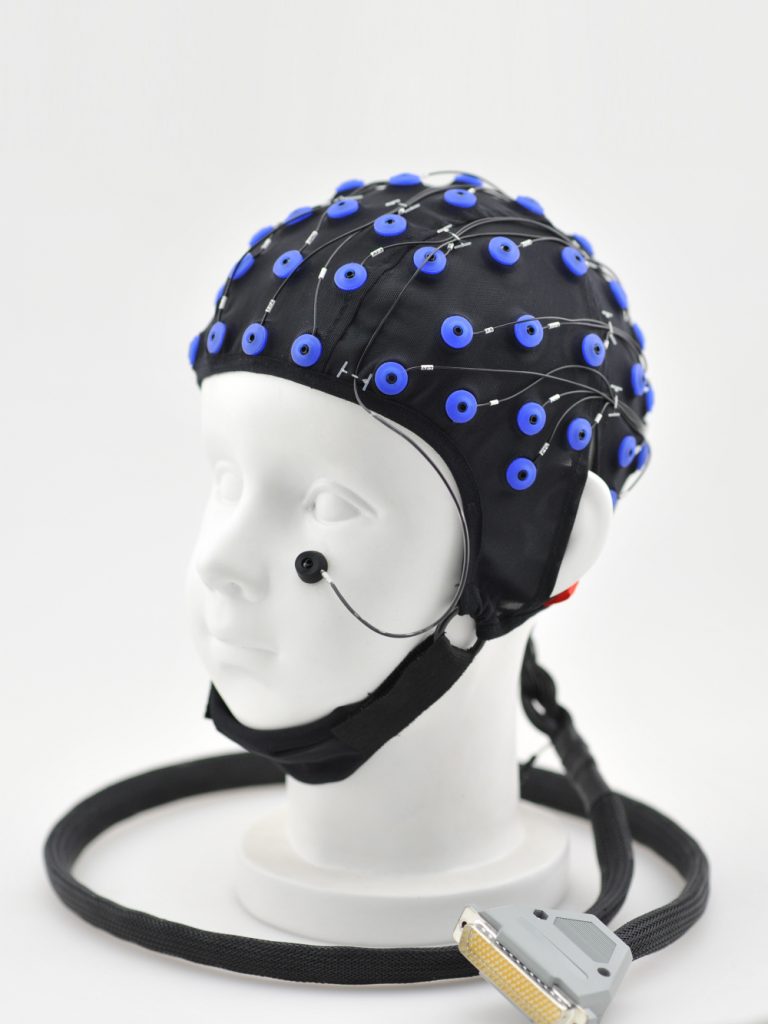Researchers from the University of Washington have developed a revolutionary brain-to-brain interface allowing three people to send and receive information using nothing but their brains. The first brain-to-brain network to connect more than two people, the interface could open up exciting new possibilities in telepathic technology.
Called BrainNet, the three-player network engaged the participants in a game of Tetris. Players need to rotate a figure at the top of the screen to complete a line at the bottom.
Mute Senders & Blind Receivers
The three players in the BrainNet interface had different tasks: two of them – the Senders – could see both the figure and the line, and had to instruct the third – the Receiver, who could only see the line at the bottom of the screen – on whether or not to rotate the figure to complete the line.
Everything, of course, without any way for the three players to interact with each other – other than the BrainNet interface.
The three players wore electroencephalography caps that picked up and decoded electrical signals in their brains. By analyzing the parts of the brain that were stimulated by either an “Yes” or “No” response, and in turn stimulating the visual cortex of the Receiver, the interface allowed virtual telepathic communication.

Tricking The Neurons
Study co-author Andrea Stocco, a UW assistant professor in the Department of Psychology and the Institute for Learning & Brain Sciences, explains: ‘To deliver the message to the Receiver, we used a cable that ends with a wand that looks like a tiny racket behind the Receiver’s head. This coil stimulates the part of the brain that translates signals from the eyes. We essentially ‘trick’ the neurons in the back of the brain to spread around the message that they have received signals from the eyes. Then participants have the sensation that bright arcs or objects suddenly appear in front of their eyes.”
The experiment was successful in 81% of the cases, and Receivers were even able to identify “lying” Senders and learn to mistrust their instructions.
The researchers hope that their study will pave the way for the development of collaborative telepathic technologies allowing people to literally join their brain force on complex tasks. They have also partnered with the Neuroethics team at the Center for Neurotechnology to explore the ethical implications of these technologies.





























